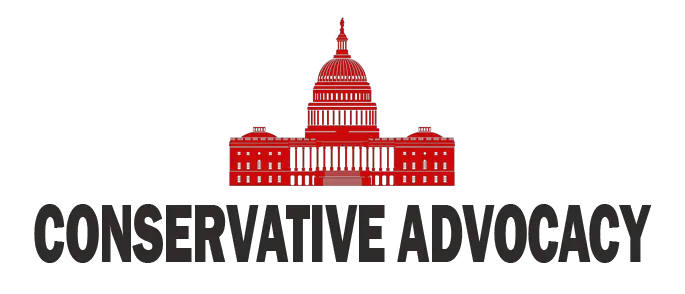In the bustling world of American politics, certain stories capture the attention of the public more than others. Recently, one such story emerged from Arlington, Virginia, where a protest regarding transgender issues at a school board meeting sparked a firestorm of debate. As Laura Ingram reported, the incident highlighted some bizarre and alarming narratives that are making their way into political discourse, bolstered by the actions and statements of various party members.
It all started outside a school board meeting that was meant to discuss policies related to transgender students. One protestor, donning the unmistakable symbols of typical old white liberals—aptly nicknamed “towel” types in the commentary—held a sign that bore a deeply troubling message linking transgender bathroom access to Jim Crow-era segregation. The sign was directed at Winom Sears, Virginia’s Republican Lieutenant Governor, who is campaigning for the governor’s office. This comparison struck many as not only racially charged but entirely outlandish, suggesting a level of absurdity in today’s liberal rhetoric.
As Ingram pointed out, moderation in the Democratic Party seems to be a myth—much like Bigfoot or the Loch Ness monster. Democrats, in their quest to portray themselves as reasonable, have increasingly veered into a space where radical ideas are common. The signholder’s message exemplified a growing trend within the party, where pushing progressive ideologies often overshadows common sense. The silence from other liberal attendees at the protest about the hateful nature of the sign was also telling; it speaks volumes about the acceptance of extremist viewpoints within some Democratic circles.
Also shedding light on this issue was Abigail Spanberger, a Democrat running for office, who disavowed the sign’s message after it drew media attention. Her statement reeked of political maneuvering; however, it drew scrutiny from those who argue that her past support of progressive policies contradicts any claim to moderate ideals. Spanberger has voted in favor of policies that many conservatives believe compromise the safety and privacy of women and girls—such as co-sponsoring the Equality Act that would allow biological men to participate in women’s sports and locker rooms.
This ongoing narrative reached a crescendo as conservatives pointed out the dangerous implications of unchallenged radical thought. They assert that Democrats, instead of standing up to the progressives, often lean into their agenda, leaving many traditional voters feeling alienated. It raises questions about whether figures like Spanberger are indeed moderates, or if they are simply the smarter faces of a party that increasingly embraces far-left dogmas.
In a broader context, this story illustrates a growing divide in American political discourse. While leaders like Winom Sears represent a push for conservatism—advocating for traditional values and safety for women and girls—the response from liberal factions indicates a reluctance to engage in healthy debate. Instead of working toward a solution, many appear to be doubling down on divisive rhetoric. As voters prepare for elections, the key question remains: can they differentiate between genuine moderates and political chameleons trying to wear the cloak of moderation while championing progressive causes?
With these events unfolding, it’s clear the political landscape is changing, and the stakes couldn’t be higher. Voters will have to navigate this labyrinth of rhetoric, myths, and realities as they decide who deserves their support in the upcoming elections. For now, the chatter continues, and the world watches as the drama of American politics unfolds, much like a never-ending reality show—where each episode seems to outdo the last.




